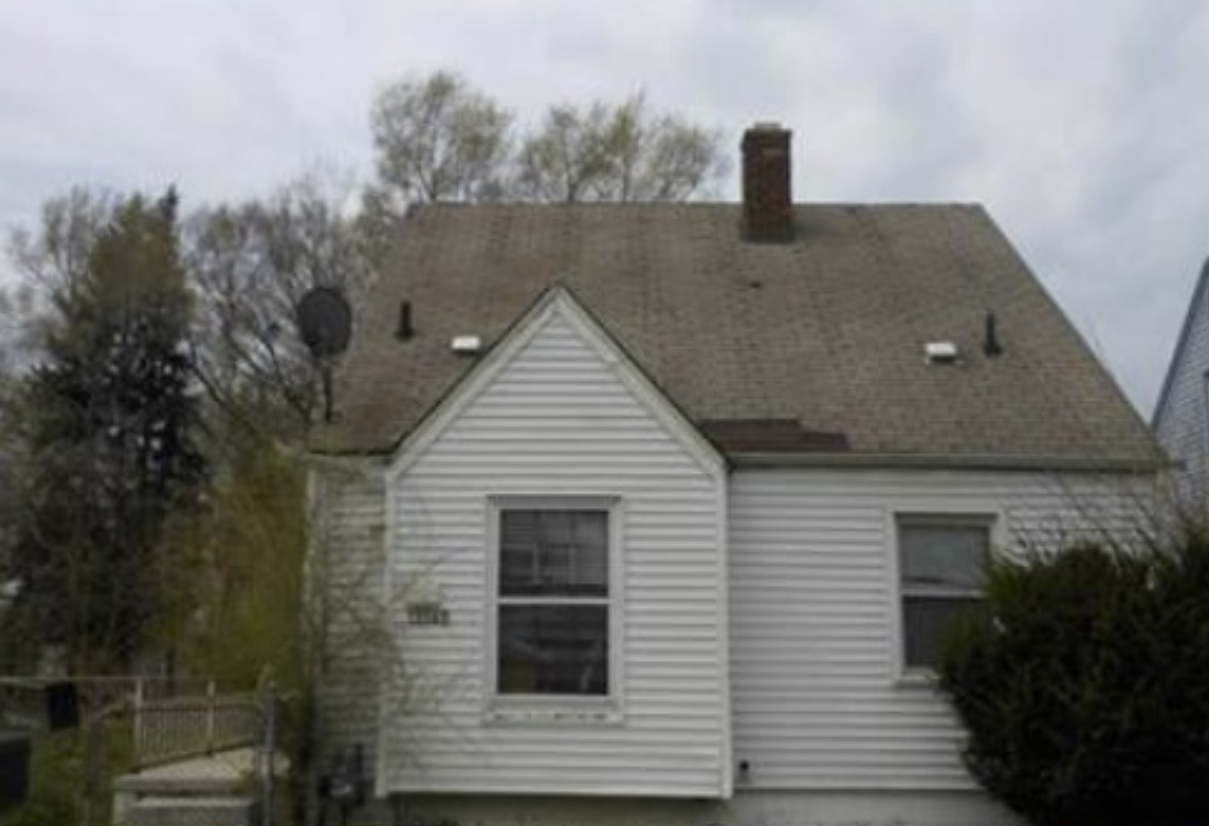In January 2016, the median home price in the Austin metro was just under $255,000, according to data from the Austin Board of Realtors. It’s nearly doubled since then, reaching $499,995 in February.
Homes listed for less than $250,000 are extremely rare. In December, only 86 homes in the entire metro sold at that price point, according to data from ABOR. In January 2021, 375 homes sold for that price.
The picture for future homes is similar.
As of the fourth quarter of 2021, there were 26,541 housing starts — or new homes starting construction — throughout the metro, according to data from Zonda. Of these, only 1,169, or 4.4%, were to be priced under $250,000. Just two years prior, nearly 25% of all starts — or 4,491 — were under $250,000.
According to Lawrence Dean, regional director for Zonda, of the 3,611 floor plans currently being offered by all builders in the Austin area, only 11 have base prices below $250,000.
Median income for a single Travis County resident is about $69,000 a year. According to Trulia, this means the average resident would likely be able to afford the mortgage on a home below $300,000. For someone making 80% of the median income, or about $55,000, the attainable price point is closer to $240,000.
So while homes in the $200,000s are almost unheard of anymore in Austin, they’re the only kind many residents can afford. But is the disappearance of the $250,000 home in Austin inevitable?
For some, the answer is yes. Others urge residents to rethink what home ownership can look like. Gone are the days of a $250,000 home on its own lot in Crestview. The question now is whether options like tiny homes and manufactured houses — or even 3D-printed ones — can provide enough housing that’s affordable for a wide swath of Central Texans.
Prices aren’t rising arbitrarily in Austin. They’re being pushed up by a combination of factors, including record-high demand for housing and an extremely difficult homebuilding market.
The national average cost of residential construction materials is up more than 20% year over year, according to Robert Dietz, chief economist for the National Association of Homebuilders. Individual inputs like lumber and certain types of particle board are up more than 50% each.
These materials make up one of five areas where builders are encountering significant costs. Dietz calls these areas the “five Ls” — lumber, labor, lots, lending and laws.
On the labor side, some reports say the U.S. needs as many as net 2.2 million workers to enter the construction industry by 2024 to keep up with current demand. Dietz said there are more than 300,000 open construction positions nationwide, a figure that’s climbing. The skilled labor shortage in construction isn’t necessarily new — it’s a challenge that has plagued the industry since the Great Recession.
Land prices in Central Texas have also risen considerably in recent years. According to data from the Texas Real Estate Research Center at Texas A&M University, the average price-per-acre in the Austin-Waco-Hill Country region was $5,733 in the fourth quarter of 2021. Meanwhile, an approximately one-acre empty lot on East 51st Street in Austin is currently listed on Zillow for $250,000.
Lending and financing for these development projects will become more of a hurdle, particularly for small builders, as interest rates are expected to rise this month.
A recent NAHB study found that, nationally, nearly 25% of homebuilding costs are the result of regulatory requirements and fees. Munoz said many builders opt to develop outside of cities — in counties or the extraterritorial jurisdictions of cities — to avoid many kinds of regulations and keep building costs down.






